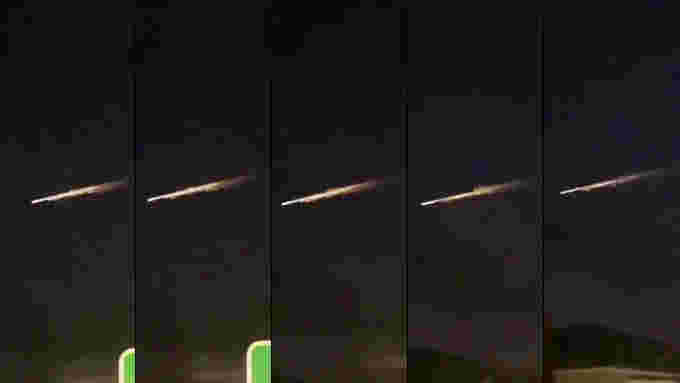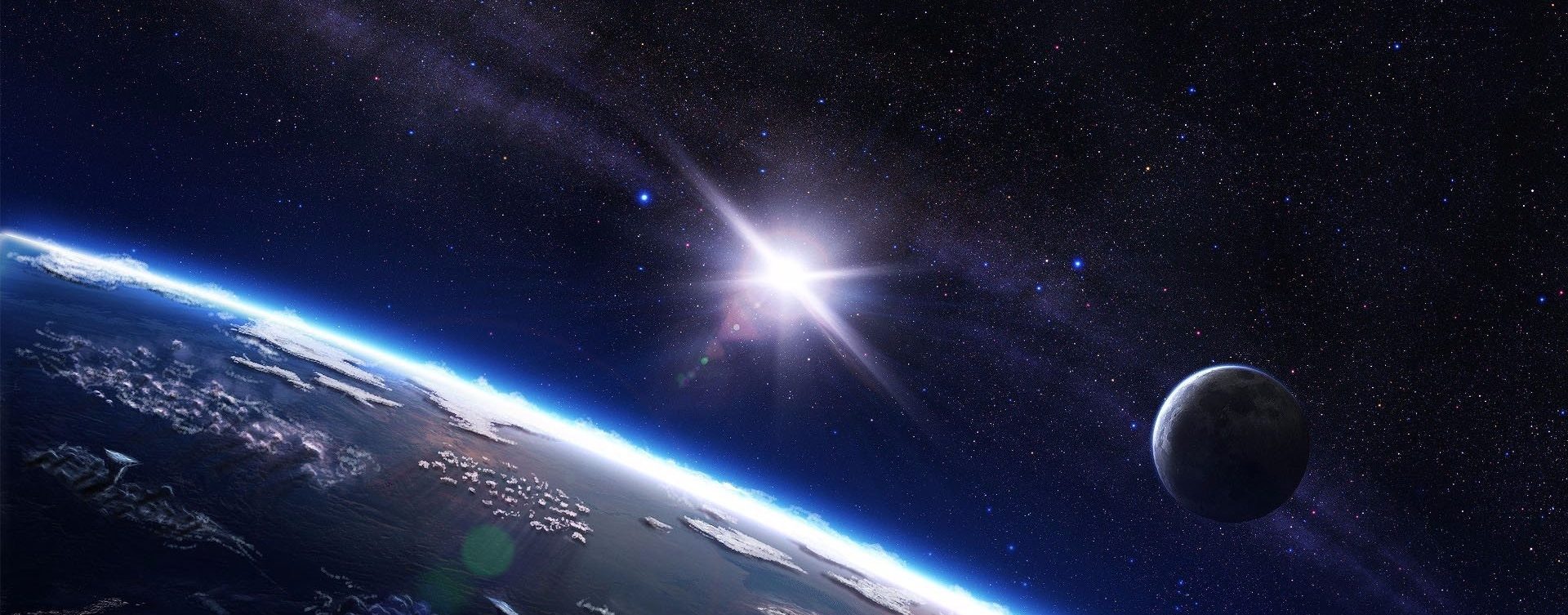
Last Friday evening, Victorians and Tasmanians were treated to the beautiful sight of a meteor-like object leaving a bright, burning trail in the sky for over 20 seconds. Impressive as this light show was, it was not a natural astrological event, it was a piece of space debris burning up as it re-entered the Earth’s atmosphere. Since last week, a general consensus has emerged among astronomers and astrophysicists that the object was the discarded third stage of a Russian Soyuz rocket that launched a military satellite into orbit on Friday afternoon. Any remaining debris that did not burn upon re-entry appears to have landed in the ocean, south of Tasmania, and that may well have been its intended landing place. Earlier this month, the core of a large Chinese rocket re-entered Earth’s atmosphere in a much more uncontrolled manner, and parts of it have probably finished up in the Atlantic Ocean, or potentially somewhere on the coastline of West Africa. Re-entry of space debris into Earth’s atmosphere occurs several times a year, and as we launch more objects into space, we need better regulation of the creation of space debris, with safety as well as the impact on our environment as key concerns.
Space debris is one of the biggest issues we face in our use of space. There are over 2,000 operational satellites, upon which we are dependent for communications; TV broadcasting; GPS navigation; bushfire monitoring; climate tracking and weather prediction; search and rescue, and much more. The launch of these satellites into space always causes some space debris, as sections of the launch vehicles are discarded, or small parts break off unintentionally. Another 3,000 so-called “zombie” satellites, which have passed their lifetime, are now drifting in orbit, some of them expected to do so for at least another 100 years. In total there are an estimated 1 million pieces of space debris, consisting of bolts, an astronaut’s glove, or debris created by collisions. Most of these objects are very small, but all of them are travelling at approximately 7km per second, rendering them potentially lethal to the International Space Station as well as to the operations of all those satellites upon which we depend for our daily activities.
Currently there are approximately 100 launches each year worldwide. But with companies like SpaceX seeking to launch 12,000 satellites as part of the StarLink network, we have even greater space traffic management issues, greater potentials for debris-creating collisions, and long-term problems when it comes to disposing of these satellites after their lifetime. The same goes for universities launching tiny cubesats and nanosats into orbit as part of research and training, however laudable those activities.
Aside from the threat to the safety and operation of our critical infrastructure in space, the re-entry of objects into Earth’s atmosphere like the Russian rocket stage last week, creates concerns for safety here on Earth. Some may remember large parts of the defunct space station Skylab crashing in Western Australia in 1979, scattering debris across the Nullabor. Although a local radio station ran a somewhat tongue-in cheek campaign to fine the U.S. for littering, nothing was done in terms of sanctioning the U.S. or seeking reparation under the Liability Convention, which determines who has to pay up in case of damage caused by space activities.
In fact, the Liability Convention has never been tested in a court, and we don’t have much in the way of international regulation of debris-creating activities. The UN Space Debris Mitigation Guidelines and the more recent Guidelines for Long-term Sustainability of Activities in Outer Space are an important starting point, but they are just that – guidelines. It’s up to countries to decide whether and how to implement these into national legislation. In Australia, the Space Activities (Launches and Returns) Act 2018 requires a “strategy for debris mitigation” before any launch permit will be granted, however the rules are not very stringent, when in fact they need to be.
Australia will join the ranks of just 13 other countries that have independent launch capacity at the end of this year, when the spaceport in East Armhem land becomes operational. The global space sector is watching Australia with excitement, since the Australian Space Agency, established in 2018, has an explicit mandate to support Australia’s space industry rather than develop a government-owned space programme. This makes sense in terms of our capacity and the number of innovative start-ups we have nationally. But in line with the ASA’s pillars of “National, International, Responsible, and Inspire”, we should be taking a lead by implementing stricter national requirements of space debris mitigation into the design of any new launches, and advancing international norms by pushing for further implementation of the UN Debris Mitigation Guidelines, and global adoption of the Long-term Sustainability Guidelines.

